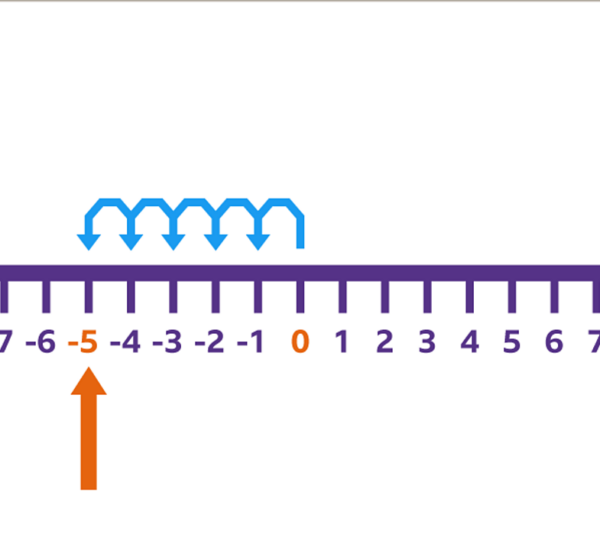Hermann Grassmann was a German mathematician who is best known for his work in the area of vector spaces. He also made important contributions to the study of geometry and invariant theory. Grassmann’s work laid the foundation for much of the modern theory of vector spaces. Hermann Grassmann was born in Stettin, Germany on April 15, 1809.
He studied at the University of Berlin and the University of Königsberg, and received his doctorate from the University of Halle in 1831. After spending several years as a Privatdozent at the University of Halle, Grassmann was appointed to a chair at the Royal Prussian Academy of Sciences in Berlin in 1845. He remained at the Academy until his retirement in 1881. Grassmann died on September 26, 1877, in Berlin.
Grassmann was required to write an essay on the theory of tides as part of one of his many examinations. He took the basic idea from Laplace’s Traité de mécanique céleste and Lagrange’s Méchanique analytique, but he expounded his ideas using the vector techniques he had been considering since 1832
In 1844, Grassmann released his masterpiece (A1) and is widely recognized as the “extensive magnitudes theory.” The work began with rather general definitions of a metaphysical nature, since A1 proposed a new framework for all mathematics.
Following his father’s concept, A1 also defined the exterior product, also known as “combinatorial product” (in German: kombinatorisches Produkt äußeres Produkt “outer product”), which is the fundamental operation of an algebra now known as exterior algebra. In 1878, William Kingdon Clifford added the exterior algebra to quaternions created by William Rowan Hamilton by changing Grassmann’s rule epep = 0 to epep = 1. (The rule i2 = j2 = k2 = -1 applies to quaternions.)
It was too far ahead of its time to be appreciated, and the BA1 (Arithmetics I) was a groundbreaking text. The ministry requested Ernst Kummer for a report when Grassmann submitted it for a professorship in 1847. It was clear that there were good ideas in it, but Kommer stated that the explanation was inadequate and suggested against hiring Grassmann to a university position. In an effort to encourage others to take his theory seriously, Grassmann wrote several papers on algebraic curves and surfaces throughout the next ten years.



